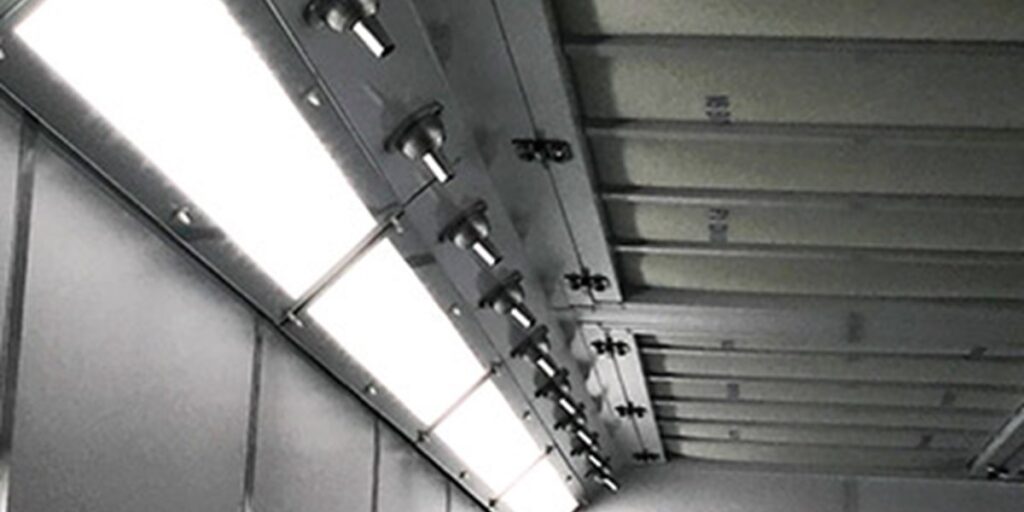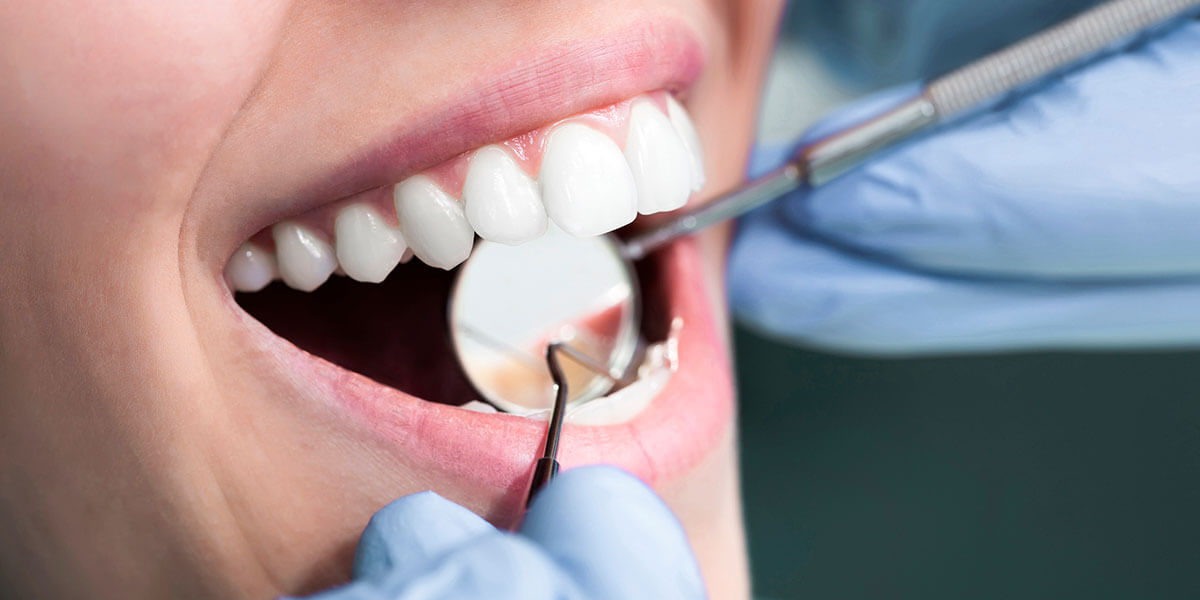Led Curing Lights is a revolutionary technology that has revolutionized the dental industry. It is a light-emitting diode (LED) that is used to harden dental materials such as composite resins, cements, and adhesives. This technology has made dental procedures faster, more efficient, and more cost-effective. It has also improved the quality of dental care by providing a more consistent and reliable curing process. Led Curing Light is a great tool for dentists to use in their practice and can help them provide better care for their patients.
Different Wavelengths of LED Curing Lights and Their Uses
LED curing lights are a type of light-emitting diode (LED) technology used in the dental industry to harden dental materials such as composites, cements, and adhesives. These lights are used to quickly and effectively cure dental materials, allowing dentists to complete procedures more quickly and efficiently.
LED curing lights come in a variety of wavelengths, each of which is suited to a specific type of dental material. The most common wavelengths used in LED curing lights are 405 nm, 460 nm, and 480 nm.
The 405 nm wavelength is the most widely used wavelength for curing dental materials. This wavelength is ideal for curing composite resins, which are used to fill cavities and repair chips and cracks in teeth. The 405 nm wavelength is also used to cure cements and adhesives used in dental procedures.
The 460 nm wavelength is used to cure light-cured glass ionomer cements, which are used to fill cavities and repair chips and cracks in teeth. This wavelength is also used to cure light-cured resin-modified glass ionomer cements, which are used to bond orthodontic brackets to teeth.
The 480 nm wavelength is used to cure light-cured resin-modified glass ionomer cements, which are used to bond orthodontic brackets to teeth. This wavelength is also used to cure light-cured composite resins, which are used to fill cavities and repair chips and cracks in teeth.
LED curing lights are an essential tool for dentists, as they allow them to quickly and effectively cure dental materials. By understanding the different wavelengths of LED curing lights and their uses, dentists can ensure that they are using the right wavelength for the right material, allowing them to complete procedures more quickly and efficiently.

The Pros and Cons of LED Curing Lights Compared to Traditional Curing Lights
LED curing lights have become increasingly popular in the dental industry due to their many advantages over traditional curing lights. LED curing lights are more efficient, cost-effective, and safer than traditional curing lights. However, there are some drawbacks to LED curing lights that should be considered before making a purchase.
Pros
The most significant advantage of LED curing lights is their efficiency. LED curing lights emit a higher intensity of light than traditional curing lights, allowing for faster curing times. This means that dentists can complete procedures more quickly, saving time and money. Additionally, LED curing lights are more energy-efficient than traditional curing lights, resulting in lower energy costs.
LED curing lights also offer improved safety benefits. Traditional curing lights emit UV radiation, which can be harmful to both the patient and the dentist. LED curing lights, on the other hand, do not emit UV radiation, making them a safer option.
Cons
One of the main drawbacks of LED curing lights is their cost. LED curing lights are more expensive than traditional curing lights, making them a less cost-effective option. Additionally, LED curing lights require more frequent bulb replacements than traditional curing lights, resulting in additional costs.
Another disadvantage of LED curing lights is their limited range. LED curing lights have a shorter range than traditional curing lights, making them less effective for larger procedures. Additionally, LED curing lights are not as effective at curing composite materials as traditional curing lights, making them less suitable for certain procedures.
Overall, LED curing lights offer many advantages over traditional curing lights, including improved efficiency, cost-effectiveness, and safety. However, there are some drawbacks to LED curing lights that should be considered before making a purchase.
The Latest Innovations in LED Curing Light Technology
LED curing light technology has been revolutionizing the dental industry for years. This technology has been used to harden dental materials such as composites, cements, and sealants. It has been proven to be a reliable and efficient way to cure dental materials quickly and accurately.
Recently, LED curing light technology has seen a number of innovations that have made it even more effective and efficient. These innovations include improved light intensity, improved light spectrum, and improved curing time.
Light intensity is an important factor in LED curing light technology. The higher the light intensity, the faster the curing process. Recent innovations have allowed LED curing lights to produce higher light intensities than ever before. This means that dental materials can be cured faster and more accurately.

The light spectrum is also an important factor in LED curing light technology. Different dental materials require different light spectrums in order to be cured properly. Recent innovations have allowed LED curing lights to produce a wider range of light spectrums, allowing for more accurate curing of different dental materials.
Finally, recent innovations have allowed LED curing lights to reduce curing time. This is especially important for dental materials that require a longer curing time. By reducing curing time, dentists can save time and money, as well as improve patient comfort.
Overall, LED curing light technology has seen a number of innovations in recent years that have made it even more effective and efficient. These innovations include improved light intensity, improved light spectrum, and improved curing time. These innovations have allowed dentists to provide better care to their patients and save time and money.
How to Choose the Right LED Curing Light for Your Practice
When it comes to dental practices, having the right LED curing light is essential for providing quality care to patients. LED curing lights are used to harden dental materials such as composite resins, cements, and adhesives. Choosing the right LED curing light for your practice can be a daunting task, as there are many factors to consider. Here are some tips to help you make the right choice.
First, consider the type of curing light you need. There are two main types of LED curing lights: corded and cordless. Corded lights are more powerful and provide a more consistent light output, but they are also more expensive and require a power outlet. Cordless lights are more affordable and portable, but they may not be as powerful or consistent.
Next, consider the features of the curing light. Look for a curing light that has adjustable settings, a timer, and a built-in fan to help keep the light cool. Also, make sure the curing light is compatible with the materials you use in your practice.
Finally, consider the cost of the curing light. LED curing lights can range in price from a few hundred dollars to several thousand dollars. Make sure to compare prices and features to find the best value for your practice.
By considering these factors, you can make an informed decision when choosing the right LED curing light for your practice. With the right curing light, you can provide quality care to your patients and ensure that your dental materials are cured properly.
The Benefits of Using a LED Curing Light for Dental Procedures
LED curing lights are becoming increasingly popular in the dental industry due to their many advantages over traditional curing lights. LED curing lights are used to harden dental materials such as composite resins, cements, and adhesives. They are an essential tool for dentists and dental hygienists, as they are used to complete a variety of dental procedures.
The primary benefit of using a LED curing light is its speed. LED curing lights are much faster than traditional curing lights, allowing dentists to complete procedures quickly and efficiently. LED curing lights also produce a more consistent light output, which helps to ensure that the material is cured evenly and accurately. This helps to reduce the risk of errors and ensures that the procedure is completed correctly.
LED curing lights are also much more energy efficient than traditional curing lights. This means that they use less electricity and generate less heat, which helps to reduce the cost of dental procedures. Additionally, LED curing lights are much more durable than traditional curing lights, meaning that they can be used for a longer period of time without needing to be replaced.
LED curing lights also produce less UV radiation than traditional curing lights, which helps to reduce the risk of skin damage and other health risks associated with UV radiation. This makes LED curing lights a much safer option for both the patient and the dental professional.
Overall, LED curing lights offer a number of advantages over traditional curing lights. They are faster, more energy efficient, and produce less UV radiation, making them a safer and more cost-effective option for dental procedures.
Conclusion
The LED curing lights is a revolutionary tool that has revolutionized the dental industry. It is a safe, efficient, and cost-effective way to cure dental materials. It is also a great way to reduce the amount of time spent on curing procedures. The LED curing light is a great tool for any dental practice and can help to improve the quality of care for patients.




